|
Deciding to become a mom on your own is not an easy or easy decision. You must simply and easily consider whether it is something you want and can do alone. Even if you have a large and good network around you, you must be equipped to do the job. Perhaps the most difficult and painful thing is to let go of the family dream and realize that life took a different turn than you had actually imagined. When I started the experiments last year, I had taken many rounds with myself before I finally landed well in the decision. Since it is an active and conscious choice to do it alone, I owe it to the unborn child and have thought through and thought about the issues that will come. The child will only have me as a parent and will automatically become more vulnerable if something should happen to me. Or worse, if it turns out I'm a bad mother. Some would argue that I am an egoist who robs a child of a father. But for this future child, the alternative will be not to exist at all.
There are many scenarios in your head during such a thought process. Both of a psychological and more practical nature. What is it like for a boy to grow up without a dad? Who will teach him what it is like to be a man? How about a girl who grows up without a dad? Who should be her role model for how a man behaves? Do I inflict invisible vulnerabilities on my child later in life? Can I handle it financially? Who should I spar with about upbringing? Who around me dares to speak out if I do something wrong or unfortunate? When and how do I tell the donor story? These are just some of the questions that go through your head and require an answer or an assessment. Fortunately, I have good people in my life I can spar with. Everything from the small practical questions to the big philosophical ones. When I became ill, an extra layer of health questions was added. How sick am I going to get and how big is the chance that the child will suddenly become an orphan? What if the disease flares up during childbirth? Will I be more tired than other mothers of young children? How will it work to go on immunosuppressive medication when the child starts in kindergarten and takes lots of bacteria home with him? In the end, many of the questions remain open. It is impossible to predict the future and what it will look like. The one who is healthy can suddenly get sick, I have just experienced that myself. Those who have a house, a partner and everything in care can suddenly lose everything. To believe that one can have full control over every little detail and a plan for everything in life is an illusion. We can always try to take precautions where it is appropriate for us. For me, it's listening to the doctor when it comes to the time of pregnancy. Make your own and conscious choices for food, physical activity, rest and work. Finding the balance and an everyday life I can thrive in. My future is as uncertain as everyone else's, neither more nor less. The only choice I really have is to float with as life unfolds. I hope it will be long, healthy and include children.
2 Comments
Reading about what the different blood test results meant was part of the big google marathon. In the beginning, it was mostly about finding something that suggested that the diagnosis might be a mistake. That the test results were low, that they could be due to something else. Eventually, the unstoppable need for information was probably more a about feeling some kind of control. Searching for information became a place to put my focus when it felt like everything related to health and my own body was falling apart. An attempt to understand where on the lupus spectrum I was. I still ask for a copy of the test results from my check-ups. Yesterday it was time for a new round of blood tests and I asked for a printout of the blood tests from last month. Looking at det result from the antibody tests made me smile all the way out of the hospital.
There are a lot of test results on the printouts, so the ones I list below are just some of the ones I have had a curious relationship with this year. This must not be understood as me trying to interpret the blood test results in any way. I leave the interpretation of the test results to the doctor. The current status is that the doctor calls me if something is starting to look worse. But I still like to see the results on paper,that they are improving. That I am closer to the reference range than I was last time. What follows below are a lot of numbers, test results. But since this was the kind of info I tried to search for when I was diagnosed, I choose to share. ANA ANA stands for "Antinuclear Antibodies" this test screens for whether there are auto-antibodies that can attack the cell nucleus within the body's own cells. The test is either positive or negative. If this test is positive, it means that there are auto-antibodies in the blood, but it doesn't necessarily mean that you have a disease. Healthy people may have a positive ANA test, but if you have SLE, it's very rarely negative. A positive test is followed up by testing for different subgroups. The different subgroups are linked to different autoimmune diseases and give an indication of what is being attacked in the body. Anti-dsDNA (reference range: 0-10) This antibody is quite specific for SLE, which means that it is very rarely positive if you don't have SLE. This value can fluctuate and indicate rise or fall in disease activity. This antibody is one of the risk factors for developing lupus nephritis and vasculitis (inflammation of the blood vessels). When I got sick in December, the result was 269, while at the end of April it was down to 23. The last test from September shows that this is down to 17, which means I'm pretty close to the reference range !! anti-SM. (Reference Range 0-7) This antibody is very specific for SLE. 5-30% of those who have lupus have this antibody. This antibody is associated with the involvement of a number of organs and symptoms including kidneys, vasculitis, serositis (organitis) and Ryanaud's. The amount can according to this article say something about the disease activity, while according to Lupus Encyclopedia it doesn't. When I got sick, the result was 254, while at the end of April it was down to 25, now in September it's down to 13. SSA / Anti-Ro (reference range 0-7) this antibody is associated with Sjögren's Syndrome and SLE, but approximately 60% of those with Sjögren's syndrome have it as a secondary diagnosis of SLE, rheumatoid arthritis or systemic sclerosis. SSA increases the risk of rash and photosensitivity. In addition, it increases the risk of inflammation of the lungs, liver and heart. The antibody can pass through the placenta and cause heart block in the fetus. The antibody is also linked to the neonatal lupus rash. The amount is not related to disease activity and for me this has been over 240 this whole time. SSB / Anti-La (reference area 0-7) this is always mentioned together with SSA and is also linked to Sjögren's Syndrome. It carries many of the same risks including heart block in the fetus and neonatal lupus. Most often this is positive together with a positive SSA and less often on its own. When this is positive, there is an increased risk of developing Sjögren's syndrome over time. For me, this is negative. RNP antibody (reference range 0-7) This antibody is not as specific and appears in connection with several rheumatic diseases such as Rheumatoid Arthritis, Ryanaud's phenomenon and Mixed Connective Tissue Disease. It's often used to diagnose MTCD, as high rashes are often associated with it. When Anti-Sm is positive, this one is usually also positive. In my case, I had 29 in December, in April it was 10, while in September it was negative! Antiphospholipids are linked to a disease called Antiphospholipid Syndrome. This syndrome causes blood clots and can lead to miscarriages. Having some of the antibodies doesn't mean that you have the syndrome, as long as you have no history of blood clots and miscarriages. However, the fact that the antibodies are present increase risk for these kind of events and in the case of, for example, pregnancy and long flights, blood thinners may be needed. To confirm a positive result it must be tested twice at 12-week intervals. Each of the antibodies increases the risk on their own, but if you have all three antibodies and higher results the risk goes up. The fact that they are present means there is an increased risk that clots may form, it doesn't mean that it will happen. Nor does it say anything about how often or how serious they become. Lupus anticoagulant (LA) (reference range 0.68-1.34) - The risk in connection with pregnancy is highest if you are diagnosed with lupus anticoagulant or have all 3. On this I have 1.02, meaning negative! At this point it feels like I have to be happy for all the antibodies they don't detect. Anti-cardiolipin IgG (aCL) (reference range <20) The antibody affects the body's ability to regulate coagulation in the blood so that clots form. I have had a result on this one twice, with 41.4 in February and 35.7 in May. According to the doctor it's not a high titer, but it is a positive result with all the precautions it entails. From 10-39 is considered a weak positive according to this lab handbook. Beta 2 GPI IgG (aβ2GPI) (Reference range <20) When diagnosing APS, this is more specific than the 2 above, and in some cases the only one that is found. I had a slightly higher result with 91.2 in February and 85.7 in May. Complement C3 and C4 (reference range C3: 0.83 - 1.93, C4: 0.15-0.57) The complement system is proteins in the immune system that help the antibodies and the white blood cells fighting invaders. One of several tasks of this protein is to attach itself to and label infectious invaders so that the immune cells can find them and attack. They are usually inactive and are activated by infection. In lupus, low or declining values can be a sign of increased disease activity, since these are consumed when activated. Therefore, C3 and C4 are part of the tests that are monitored to monitor disease activity. These are very small numbers, so for my own part I just register that they are both higher than they were in December. SR (reference range <20): Blood drop (SR) indicate there is an inflammation in the body and how strong it is. It's a measure of how many mm the blood has sunk in the test tube in one hour. With inflammation, the cells clump together more and sink faster / further down. The higher the number, the stronger the inflammation. By comparison, my tests in December showed 44, down to 15 in April and now 7 in September. B-HbA1c (Reference Range 27-42) Long-term blood sugar. Since I am on prednisolone, my doctor monitors my long-term blood sugar to see that I am not developing diabetes. This was especially important when I was on the higher doses. I already have a close relationship with blood sugar and the effect of insulin through my sister who has had diabetes since she was little. Long-term blood sugar fluctuates a bit, and it may look like the effort I put in to limit sugar intake was reflected in March when I was down to 33 compared to 39 in December. And when I eased up a bit, it was up to 41 in June. Now in September it was 36, but since I am now down to 5mg prednisolone, I don't worry as much about blood sugar as I did in January-March. Creatinine (reference range 45-90): Creatinine is a waste product from the muscles that the kidneys filter from the blood and into the urine. If the kidneys don't work properly, the level in the blood rises. There are some variations on what is normal for a person, among other things, muscle mass, but it gives an indication that there is something wrong with the kidneys. In December this was increased up to 122, while in April and September I was within the normal with 74/75 e-GFR (Creatinine) (reference range> 80) eGfr stands for "estimated glomerular filtration" rate and says something about how effectively the kidneys filter the blood. It's the creatine level put into a mathematical formula that takes into account age, gender and race. In December, this dropped from 77 to 49 during the week after I had taken the first tests at the GP. 49 means slightly to moderately reduced (45-59). Combined with the other results, I was quickly admitted for kidney biopsy. In April and September, on the other hand, this test was normal again with 89/87. Leukocytes (reference range 3.5-11.0) Leukocytes are a measure of the number of white blood cells. This test result appeared on my radar this autumn when I was told that I had falling white blood cells. This is common in lupus and is called leukopenia. Leukopenia can be due to both increased disease activity and a side effect of the medicine. These have fluctuated slightly from 4.4 in December, down to 2.8 in April, up to 3.8 in June, 2.3 in July and 2.2 now in September. Sources: The Lupus Encyclopedia www.ncbi.nlm.nih.gov/pmc/articles/PMC4475431/ www.orgentec.com/en/products/alegria/Autoimmune+Disease+Diagnostics/Rheumatology+Diagnostics/ORG+210.html tidsskriftet.no/2021/05/klinisk-oversikt/svangerskapskomplikasjoner-hos-kvinner-med-systemisk-lupus-erythematosus Https://nhi.no/sykdommer/infeksjoner/undersokelser/blodsenkning-sr/ https://www.hss.edu/conditions_understanding-laboratory-tests-and-results-for-systemic-lupus-erythematosus.asp Https://labtestsonline.org/tests/cardiolipin-antibodies Outside, the rain is about to stop and blue patches of sky is starting to emerge from the gray clouds. The sound of wheels against wet asphalt signals that the world is up and running this Saturday. I'm sitting on the couch looking a little absent-minded out the window. The taste of hot, juicy roll mixes with cheese and butter. A cup of mint tea accompanies my breakfast. The dishwasher is finished and should have been emptied, I should have put on a washing machine, and the freezer needs to be filled with more bread. The apartment should have been cleaned, and I should have taken a jog. Should, should, should. It's just right now, it feels so good to sit here and do absolutely nothing.
Doing nothing is an underestimated luxury, one rarely indulges in. There is a silent expectation that you have to be so terribly productive all the time. Get things done. Preferably at a furious pace, with a packed calendar. I catch myself doing it. That slightly stressful feeling that creeps up on me. Out of the blue on a Saturday morning while I'm drinking coffee without having a single care in the world. That nagging feeling that I should think of something sensible and productive to do, instead of sitting doing nothing. Feeling guilty for sipping coffee and doing nothing. How wonderful it can be to just sit and think about everything and nothing. Where does it come from? This need to be so incredibly busy and efficient all the time? It has almost become a status symbol. "I'm busy, ergo I'm important and contribute to society" And if you're not busy and efficient all the time, it's almost insinuated that you're just lazy and don't contribute enough. Maybe it's really the opposite? Avoiding stress has been my doctor's mantra from day one. This has led to an ever-increasing awareness of what I choose to spend energy on, because when a packed calendar no longer is an option, you actually have to choose. A nice side effect of this is that the dinner, the trip, the activity or the experience you do choose automatically gets more value. Because it's not squeezed in between lots of other things. In the year and a half that the pandemic has lasted, the pace has been significantly reduced for most people. Now that society is about to reopen, I I don't feel the need to turn the pace back up again. Instead I think I will refill my teacup and do nothing for a little longer .. There is something hypnotic about bonfires. The sound of the crackling flames and the flickering warm light that grows stronger as the dark night closes in around you. The last rays of daylight are about to burn out and a friend who has kept me company for a few hours is on her way home again. With the exception of a couple on the other side of the pond, I sit alone by the water's edge looking into the flames. Behind me my hammock is prepared and ready with my sleeping bag. When I am asked if I think it's scary to sleep alone outside, the answer is always no. I have been on several solo trips and it doesn't bother me to sleep alone outside, whether it's in the woods or in the mountains. Therefore, it feels a little strange that tonight I'm suddenly feeling a little nervous as the darkness closes in around me. Horror movies I keep at arm's length, while trying to forget the ones I've already seen. But tonight it feels like they are so easily accessable at the top of my mind. The stars begin to appear in the sky that is about to turn into a dark shade of blue. The forest is now mere black shadows, but there is enough light left for the trees to be reflected in the surface of the water. It's beautiful to look at! At the same time, I have to admit to my selft that I can't shake the eery feeling. Tonight I'm reminded of the very human experience of being afraid of the dark.
The eeryness sticks with me as I start to wrap myself in the sleeping bag. An image from the "Blair witch project" flashes before my eyes before I push it away again. Not now! There is an old little farm, not too far from the pond. Thoughts that it might be haunted is simmering beneath the surface. I'm getting myself all worked up by the idea now. The nervousness is actually starting to make me tremble a little. Trying to calm myself down. There are no such thing as ghosts. Cell-coverage is low and sporadic, but I try to distract myself with the phone. Trying to think of something else. Someone sends me a text telling me that as long as I'm not near Retthellasetra I'll be fine. That's where I'm at. This must be a joke? My body stiffens and my eyes are watering up. It feels really silly, but the urge to pack up and leave is overwhelming. I'm sitting upright in the hammock, eyes wide open, while adrenaline is starting to pump through. Please say it's a joke! It turns out it was a joke. I take a few deep breaths and lie back down again, slightly on guard. Tell myself that the rushed feeling is due to the chemicals in my body and that it will soon calm down. As with other dark thoughts and feelings, the fear of darkness also eventually lets go. There will be no fleeing home through the forest with goblins and scars. I calm down and finally get to sleep. There is nothing lurking around the water and in the forest. The scariest huldra here is actually me. And even huldra is allowed to be scared of the dark sometimes. A little breathless and a little stressed, I lock the bike in front of the old school which currently functions as a vaccination station. The lady at the front door smiles through her face mask. Strange how the last year and a half has taught us to interpret smiles through face masks, or at least it looks like everyone is walking around smiling. I'm a little embarrassed that I don't have a face mask in my bag and ask if they have any extras. Explaining that I got a short notice. She nods and thinks it's nice that someone can show up at short notice as well. After a bit of fiddling, the mask is in place and I proceed to the check-in. A quick look at the watch shows that I 'm right on time. Still a little hurried, I talk a little too fast and search a little frantic around in my bag to find the box of Imurel. He calmly tells me that he only needs to see some ID and that I can show the box to the person giving the shot. I start searching my bag again until he reminds me that I have ID hanging around my neck. The feeling of beeing rushed stays with me, and I hurry on to the lady who is going give the shot. The Imurel box reappears from the bag while the lady tries to find me in the system. I barely feel the little sting from the vaccine, and after a 20 minute wait I'm good to go. A vaccine is something that is used to stimulate the immune system so that it's trained to defend itself against a potential enemy. When you go on immunosuppressive treatment, you can risk that vaccines don't have the same effect. My dear friend who is a bit in the same immune reduced boat as me, was actually recently infected with covid, even after 2 vaccine doses. It was a little surprising to hear, because I thought the chance was very, very small when you were vaccinated. FHI now recommends a 3rd dose of covid-17 vaccine to some patient groups and for my part there was no doubt that I wanted to take this if this also applied to me. So when I found Imurel on the list, I contacted the vaccine office to get an appointment for the 3rd dose.
So now I've gotten 2 doses of Pfizer and 1 dose of Moderna. On the first 2 I did not notice any side effects, a little stiff arm and tired the next day maybe. The 3rd dose, however, I definitely noticed. The arm became stiffer and worse throughout the day and painful through the night. It became difficult to find a good position to sleep in. It felt a little better when I woke up yesterday, but then came the nausea and headache. They say you shouldn't worry if you don't get any side effects, but in a strange way it feels a little reassuring anyway. After spending the morning in bed, I eventually recovered for lunch and moved from the bed to the couch. Here I spent the rest of the day before crawling back to bed. So now I'm both triple- and cross-vaccinated. Just like the body needs healthy nutrition, so does the mind. The picture above is a little mental snack hanging on my fridge. What I find to be one of the most difficult parts of the whole diagnosis is accepting having to live with the uncertainty of it all. The illusion of control disappeared and it has at times been difficult to know what I can influence and what is completely beyond my control. In the beginning, it was a lot about taking the pills, trying to feel better and waiting for the next check-up. Hearing that the test results kept getting better and that the medication was working. There was a kind of predictability and plan to it. Now I slip more and more into everyday life of living with the diagnosis, and this is where the real work of dealing with it begins. Learning to live with not knowing how it will unfold. It's important not to forget the mental part in the middle of all the focus on the pillbox, healthy food and exercise. Social media thus becomes a bit of a double-edged sword. There is a lot to be found that can be a comfort and a feeling of not being alone with a strange diagnosis. But at the same time, it can also reinforce disasterous thinking. I don't recognize myself in many of the descriptions. I don't have any particular daily ailments or pain, I feel healthy and vital most of the time. My body seems to be working well. On the one hand, I am grateful that compared to these descriptions, my lupus is currently quite mild and kind. On the other hand, they trigger a small concern in the form of, is this what awaits? Am I currently just blissfully ignorant and naive? If I don't watch my thinking, it is so easy to spiral down into doom and gloom. There are endless quotes around the idea of letting go and go with the flow. It's so easy in theory, but so difficult in practice. Sometimes it's so much easier to go into fixing mode, instead of just letting things unfold. Make a plan, stake out a direction, try to predict the future. The unpredictability of the whole thing can feel so uncomfortable, that it almost becomes paralyzing. The head shifts into high gear. Trying to find solutions to hypothetical problems that have not yet occurred and that may never happen. Like when I cycled home yesterday afternoon and feel that the sting on the left side of my chest is still there. Without warning my thoughts wandered from "should I get something special to eat this Friday?" to "what happens if I get a blood clot or heartattack while I'm home alone?" It sounds completely hysterical, but these thoughts sometimes come as an impulse and it's difficult to turn them off. Learning to let the impulsive thought just arise and dissolve again without spinning it further is an important part of dealing with uncertainty. At the same time, it is the uncertainty that gives life nerve. It 's what pulls us forward. The excitement and thrill of what lies ahead. It can get better, it can get worse. The only thing that is 100% certain is that things will change. As the quote says: «The only thing constant in life is change»
- Heraclitus All good things come in threes. Third time valid. All good times three. Third times the charm For the 3rd time I am down to 5mg prednisolone and today is the longest I have been down to 5mg since I started taking prednisolone in December. A conversation with rheuma ward confirmed that the blood tests last Monday looked fine. Slightly low count of white blood cells, but nothing unusual. Do I dare to get my hopes up? Hopefully I get to stay down at 5mg this time. Because this little white pill is a powerful little devil. As the doctor in the podcast below says (46:38) lupus patients should keep in mind that medications such as corticosteoroids are toxic to the body in the long run. At the check-up in August, I told the doctor that to the extent that I can influence the dosages I receive, I want to use as little prednisolone as possible. But even though prednisolone is poisonous, it's also life-saving. At this point I have been on it for almost 10 months, so my body has reduced the ability to produce cortisol itself. The body produces daily the equivalent of between 5-7 mg of prednisolone in the adrenal glands. With stress, trauma or illness occur, they produce more. When the body has been supplied with this in high doses and for a long time, the hypothalamus in the brain perceives that it's producing too much and asks the adrenal glands to stop production. In the same way that a muscle becomes weaker when not in use, the adrenal glands become a weaker producer, and must be "trained" back up again. Since the adrenal glands now have reduced their ability to produce cortisol, the body will not be able to produce extra if needed for stress or illness (Lupus encyclopedia). This is one of the reasons I should avoid stress. This may explain why the working days feel more fussy and tiring than it used to. It also makes me more vulnerable to the cold season that is about to start. A simple cold can quickly get worse than I'm used to. So even though I am very eager to ge off the prednisolone, this is still far ahead. Probably after I have been pregnant. And then the body will slowly but surely learn to produce cortisol on its own again .. Sources: The lupus encyclopedia https://nhi.no/sykdommer/hormoner-og-naring/binyresykdommer/binyrebarksvikt/ I love this time of year. Each season really has its own charm and now it's time to enjoy the gifts of fall. Earlier this week, I picked some of them up from the ground. It's about 5 months since I stood bent over putting seeds in the ground, sun scorching my neck. Now the seeds have grown into small and slightly weirdlooking vegetables that will soon be found in delicious stews and soups. There is something satisfying about cooking with self-grown vegetables. I know exactly where they come from and what they have been exposed to, or perhaps more importantly what they have not been exposed to.
Although the weather this week has not been typical for autumn, there is a coolness in the air, reminding of what's to come. The evening comes earlier and the candles light up faster. Wool sweaters, scarves and tights have been pulled out from the back of the closet. The thought of curling up under a woolen blanket with a good book while it's raining outside is starting to sound tempting. Actually, curling up under a blanket and taking a nap sounds tempting most of the time these days. But I think it's just the after work blues and not lupus related. I took some new blood test on Monday, meaning it's been 4 days and still no call. Guess it's safe to assume that all looks good. No news is god news! An effective cure for after work blues is all these recipes I want to try. You might say that I've jumped on the fermentation wagon. With varying degrees of success. I have to admit I'm a little nervous when it comes to tasting some of my fermentation projects. Something has definitely happened to the carrots. The turnip doesn't look too good either! Could it be the rocks I've placed on top to keep them submerged? The whole crop of self-grown cucumbers ended up in the trash. A few floated to the top of the glass while I was away, creating a large lid of white mold. Sauerkraut, sun cabbage and kimchi, on the other hand, turned out ok. The fermented red onion was a big success and is almost finished already. So is this fermented buckwheat bread. The dough smells absolutely horrible, but it's become a favorite. I can't wait until it comes freshly baked out of the oven. And then I'll crawl under the wool blanket with a book! August is over and with that it´s the end of the summer months. For those of us who love all the seasons, autumn is also a welcome change of scenery. The sun is no longer as intense, and as SPF 50 is not so critical, my skin can breathe a little. There is a freshness in the air that has become noticeably cooler against skirt-clad legs. The birch trees along Steinsletta have been given golden leaves, matching the yellow fields. A formation of birds flies across the sky that seems extra blue. I have spent the afternoon with a friend and I´m on my way home. A quick visit to everyday life as it looks to most of my friends now. In recent years, there has been a serious change of season there as well. Most of them jumped on the family train with houses, husbands and children, and we are getting fewer and fewer left back at the station.
Whereas someone might envy me the freedom and all the free time I have, I feel a longing for the family life I did not get to create. "It's fine," I say. Trying to seem brave and unaffected. "Good things come to those who wait" they answer, but the voices no longer sounds so certain. It is difficult to admit to oneself that one feels envy. Envy of good friends who one by one slips into familylife. Effortlessly they manage work, diapers, baby cryes and sour crumbs. In the meantime, I´m sitting on the outside looking in, while the distance between us increases. How did I end up here on the outside? Why does it feel like I´m on the outside? I guess it just feels like that because I imagined life would be different by now. Maybe the expectations are my biggest problem? The expectations of what life should look like? These are not new thoughts. They've been buzzing around before. They do less damage when you accept that they are there. When you´re not trying to override or replace them, just register that they are there and will soon disappear again. Replaced by the reminder that there are bigger and worse problems than infertility and lupus. In the end, gratitude usually wins the internal tug-of-war with self-pity. My first lupus summer is over and with the exception of a tiny flare-up and slightly higher prednisolone doses, it went very well, considering everything I had heard. I look out at the fields. A sprinkle of drops from the watering system hits my face as I cycle past. It brings out the childish joy of water. I have to smile. It's not too late yet. Seeds are sown in the fall as well. Seeds that give nice flowers when spring comes. It has been said that something as small as the flutter of a butterfly's wing can cause a typhon halfway across the world. - Chaos Theory It must be a butterfly year. I think I have seen them everywhere, lots of them. Maybe the butterfly is very present in my consciousness this year. It sounds drastic when you hear the description of the butterfly effect. That the flutter of wings from this delicate creature could create catastrophic consequences on the other side of the earth. It´s easy to compare this effect with lupus. A small mismatch in some immune cells creating chaos and major consequences for the rest of the body. So major that you have to weaken the entire immune system so that it doesn´t kill you. The mystery of the "switch" for lupus and other auto-immune diseases is not yet solved, but researchers are working on it. Some believe the solution can be found in Celiac Research. While in lupus, sclerosis, arthritis and other autoimmune diseases they do not know what is recognized as dangerous, in celiac disease they know it´s gluten. Researchers at the University of Oslo have found a special type of T-cell that recognizes gluten in patients with celiac disease. T cells are immune cells that recognize and distinguish between what is dangerous and harmless in the body. The researchers found that the same type of T cell recurs in patients with other autoimmune diseases, including lupus. The hope is that by doing further research on these, they can find out what it is that is recognized as dangerous in, for example, lupus patients. The potential of the research is to eventually find treatment methods that take out only these cells instead of weakening the entire immune system. Now that would a positive butterfly effect! Go University of Oslo! Sources: https://forskning.no/celler-immunforsvaret-partner/cellene-som-er-sentrale-for-coliaki-koblet-til-andre-autoimmune-sykdommer/1335291 https://www.med.uio.no/klinmed/forskning/aktuelt/aktuelle-saker/2019/felles-celletype-for-autoimmune-sykdommer.html https://sml.snl.no/T-celler |
AuthorA blog about beeing newly diagnosed with lupus. Dreaming of becoming a mum once the disease is under control. I am translating the blog to English so the posts will appear on this page as I go. Archives
November 2021
Categories
All
|
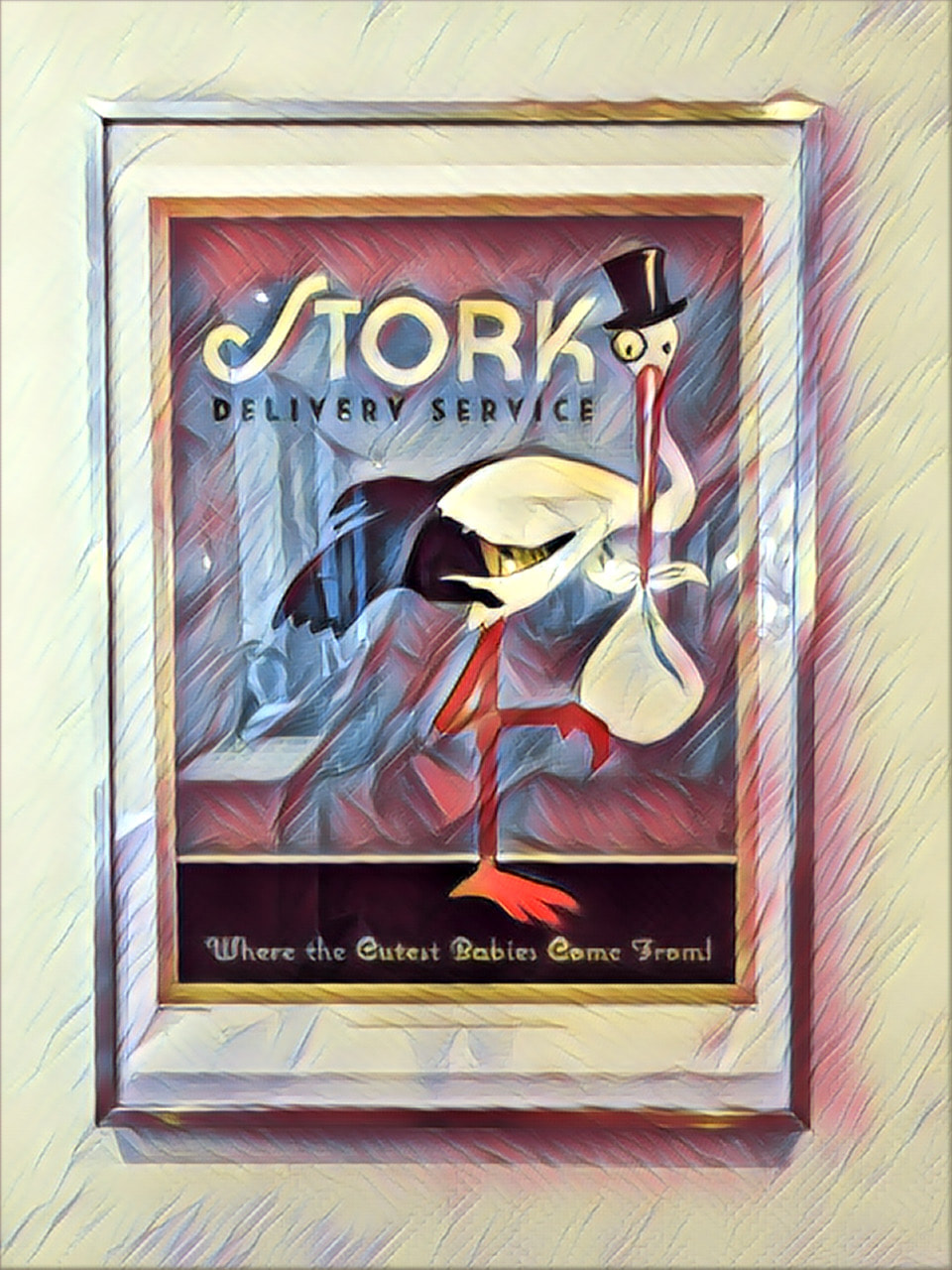
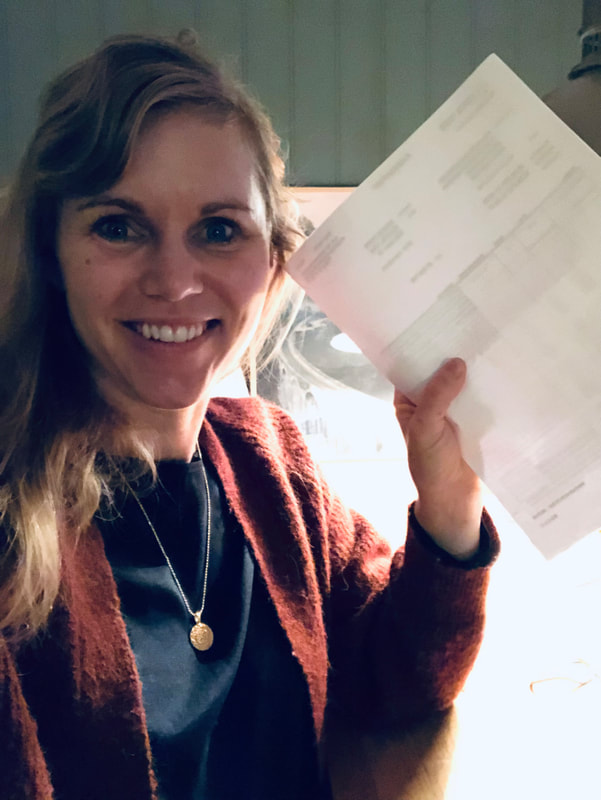
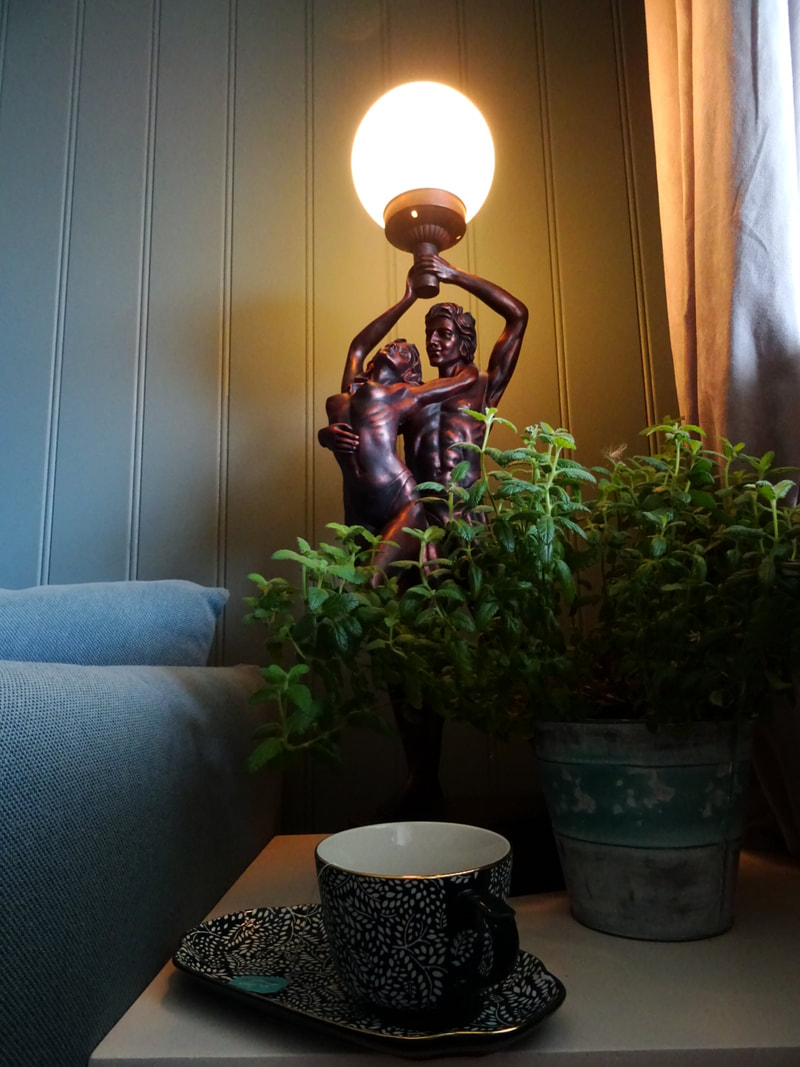


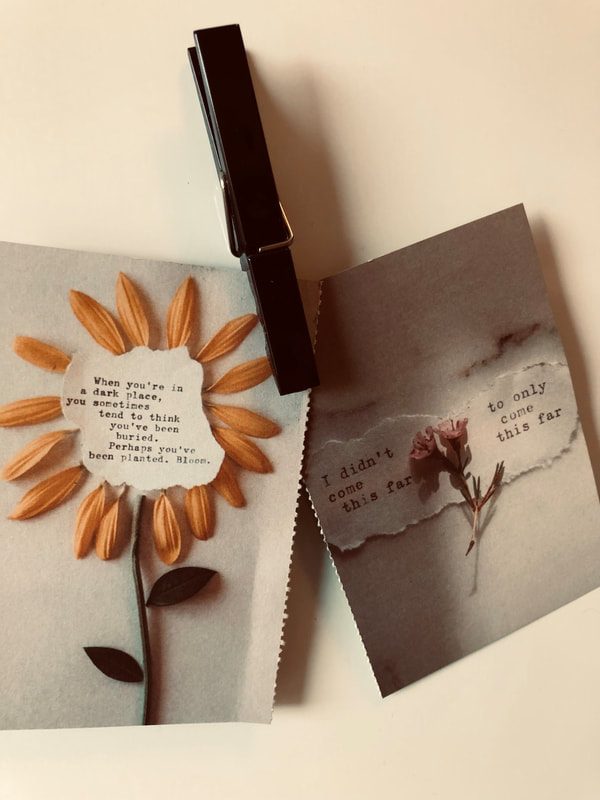
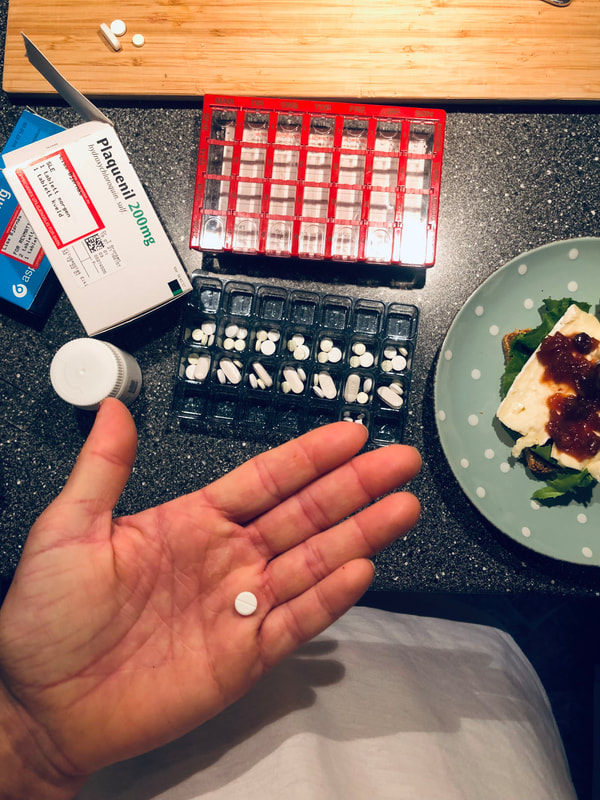

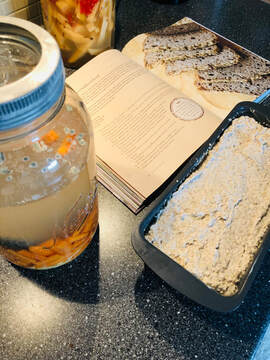



 RSS Feed
RSS Feed